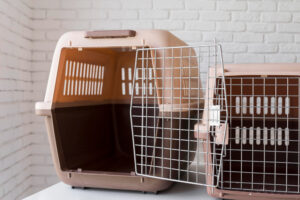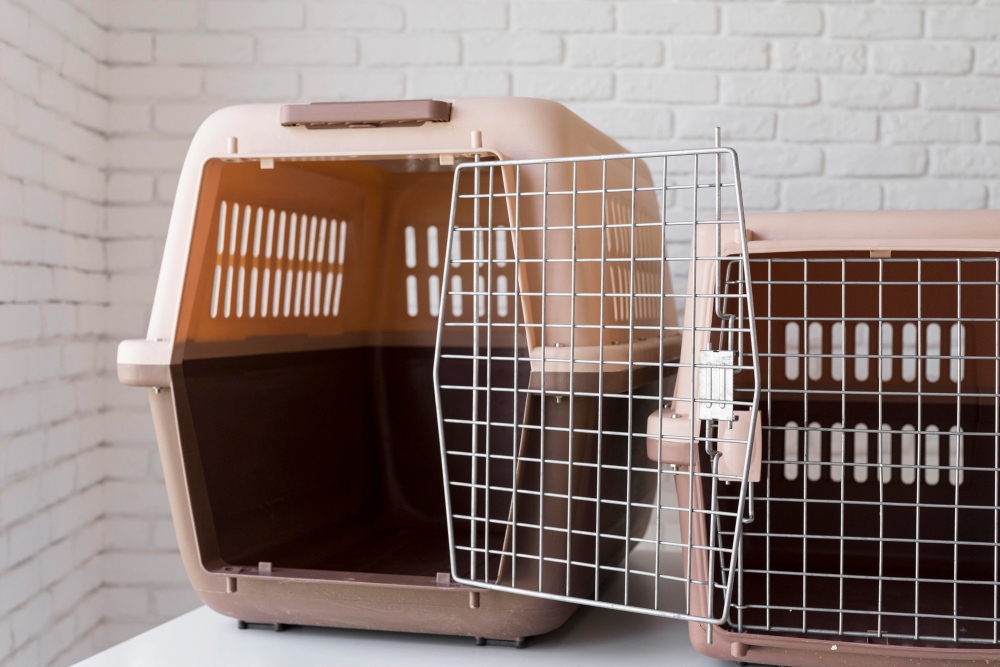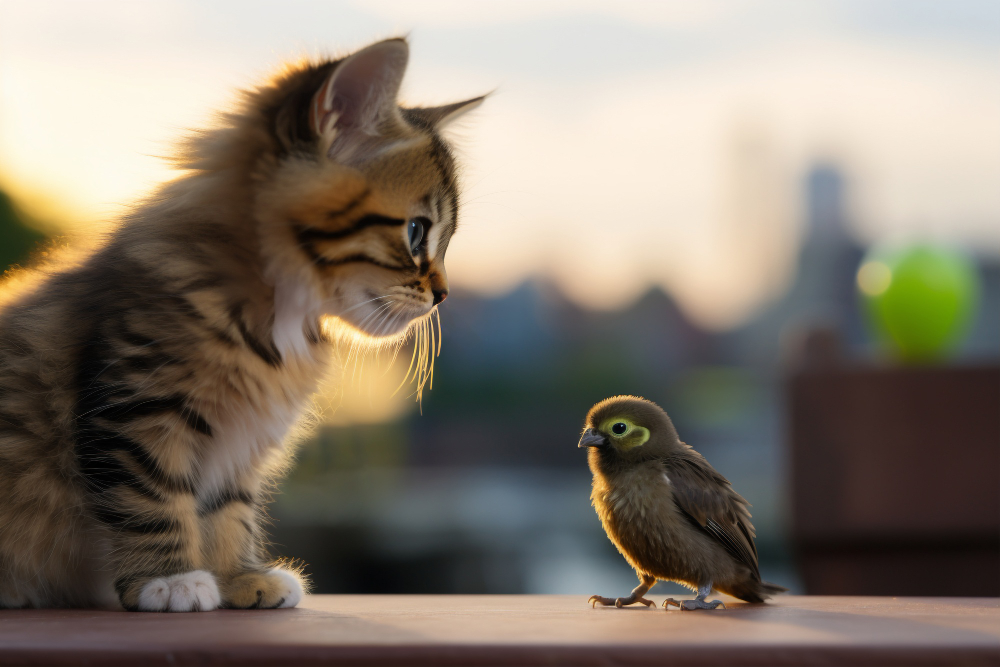Bird paper is probably the most used bedding for cages of birds. A bad choice sometimes proves disastrous to the little furry creature, especially when the choice was made because it was something meant for pets, but not guinea pigs. Will bird paper work for the cage of my guinea pig?. Of course, it’s an economical and convenient solution, but all pet supplies are not created equal, not even when it comes to small animals like guinea pigs. Are you wondering if bird paper is the way to go for guinea pig cages? Well, we will have a look at the pros and cons of what this could spell for safety and come up with some alternative bedding ideas to ensure your furry friend stays healthy and happy.
Conclusion on using bird paper in a guinea pig cage
Introduction to Guinea Pig Care
Guinea pigs are lovable, soft pets that require very much care on their living conditions, especially their bedding. Nice bedding, beyond just the feel of it, can absorb moisture, help keep the cage clean, and sometimes even prevent certain illnesses-like a respiratory infection. Guinea pigs are sensitive animals, and their bedding really needs to make an impact. Many pet owners test and try different forms of bedding, from wood shavings to fleece liners, and some may wonder if a bird paper could also be just the ticket.

2. What Is Bird Paper?
Bird paper is the most common form of disposable lining available for use in bird cages. It is made out of paper materials, intended to go on the bottom of the cage, where droppings collect. Bird paper is convenient because it can be taken out and replaced with ease, thus keeping a cage relatively clean without too much work. It is usually peddled on its availability, but it should not be neglected for being left all by itself without a replacement. However, one has to note that bird paper is actually for the birds; hence, this makes me wonder if it can also be used for guinea pig cages.
3. Can You Use Bird Paper for Guinea Pig Cages?
On the other hand, it is effective for use in bird cages, not a perfect fit for guinea pigs. Several features of beddings for guinea pigs are absent in bird paper. The primary requirement for birds is a catching surface for droppings, which is slightly different from that of guinea pigs: insulation, cushioning, and absorbency. Bird paper is thin in structure and doesn’t provide the softness or warmth required by guinea pigs to sleep or burrow in.
Thirdly, guinea pigs tend to nibble on their bedding; therefore, eating bird paper can be dangerous. Bird paper is not toxic, but it is not designed to be eaten so pieces of paper might potentially cause blockages or digestive issues in guinea pigs.
4. Risks Associated with using Bird Paper
Another problem with bird paper inside guinea pigs’ cages is it does not absorb well. Guinea pigs urinate frequently and the bedding used has to absorb all that moisture very efficiently in order to keep the cage dry, and not host unseemly bacteria. Bird paper is really not designed for absorbing much moisture in it, so quickly becomes soaked, resulting in an unhealthy, uncomfortable surroundings for your guinea pig.
In addition, the bird paper may cause respiratory problems. Guinea pigs can easily experience respiratory problems, and dirty or inappropriate bedding materials can worsen this. The bird paper may not contribute significantly to dust control when there are specific bedding materials for small animals that could be used.
5. Absorbency and Comfort of Bird Paper
A guinea pig requires soft, comfortable, and highly absorbent bedding. Bird paper is thin and flat and doesn’t offer plush comfort that guinea pigs crave for sleep or nesting. It might not absorb the urine, creating a wet space, uncomfortable to stay in. Wet bedding causes skin infections, foot problems, and respiratory issues in guinea pigs.
Another thing is the comfort factor. Guinea pigs like burrowing into their bedding, but bird paper would not provide enough material in case of this natural behavior. Overall, the properties needed for a healthy, comfortable environment for guinea pigs lack in bird paper.
6. Advantages and Disadvantages of Bird Paper
Advantages
Clean and replace easily
Readily available and at an affordable price
Reduces mess from droppings for birds
Disadvantages
Not absorbent
Guinea Pigs do not feel comfortable with them
Does not aid in the burrowing digestion
Exposes one to health risks if ingested
Softens quickly and becomes messy within a short period.
Requirements by Guinea Pigs for Bedding
Guinea pigs require bedding that:
Is adhesive: This aids in preventing moisture’s accumulation and stinky smells.
Soft for resting and burrowing.
Non-toxic and safe to nibble on as guinea pigs chew on the bedding.
Dust-free as this prevents respiratory problems.
Hypoallergic as some guinea pigs are allergic.
Suitable Alternatives to Bird Paper
This is because a lot of bedding materials work much better than the bird paper for guinea pigs. Some of the best options include:
Fleece Liners
Fleece liners are a popular choice for guinea pig cages. They are soft and have good absorbency. They can be easily washed and reused. The good thing is that fleece also allows your guinea pig to burrow and nest well.
Aspen Shavings
Aspen Wood Shavings: The safest and most natural bedding you can give your guinea pig is Aspen wood shavings. They absorb well, offer quite good odor control, and without the presence of bad oils found in the like shavings of cedar and pine wood.
Paper-Based Bedding
Most companies have designed paper-based bedding for small animals, in particular for guinea pigs. It absorbs very well; it’s safe enough for your guinea pig to burrow and chew into, and among the dust-free beddings you can get.
Hay
Guinea pigs require hay for bedding, but it can be used in other ways, too. Hay is comforting and offers a natural feel that helps to encourage burrowing.
9. Safety Considerations in Bedding
A lot of priority has to be placed on the safety aspect when it comes to selecting bedding for the guinea pig. Guinea pigs are delicate and can quickly catch respiratory diseases by being exposed to dusty or aromatic bedding. The bedding material should also not contain harmful chemicals, dust, or have a strong smell. Avoid bedding that is toxic if ingested because these little furries have a chewing instinct on their bedding.
10. Sustainability of Different Types of Bedding
Major eco-friendly bedding types would be able to reduce an effect on the environment. Any reusable fleece liner is handy in reducing waste. You can also utilize your paper bedding if made up of recycled material, thus they are more eco-friendly. On the other hand, the usage of disposable bird paper may result in a lot of waste around it so they are not eco-friendly.
11. Hygiene and Care
Another very important factor for keeping your guinea pig healthy is the hygiene of its cage. Ensure you change the bedding often to avoid infestation and odor from bacterial growth. Wash fleece liners, or you will be forced to change paper-based bedding entirely in case of few days. Lastly, be sure to steer away from using materials such as bird papers that do not help in moisture control. This may lead to unsanitary conditions and affect your guinea pig’s health.
12. How to Set Up the Perfect Guinea Pig Cage
To prepare the ideal living space for your guinea pig, follow these tips:
Use soft and absorbent bedding that covers cage floor.
Use hay for bedding as well as a food.
Maintain cage cleanliness and change the soiled bedding.
Ensure that the bedding material is non-toxic and free of harmful chemicals.
Cheap Bedding Options
Reusuable beddings, such as fleece liners, can be washed and used for years; therefore, they are cost-effective if this is the main concern. Paper-based bedding is another budget-friendly option which gives good absorbency with comfort. Bird paper sounds cheap; however, due to its unsuitability, its lower price becomes worthless in the long run.


